2024 Alfa Romeo Stelvio Quadrifoglio Review: The Fast SUV Pinnacle?
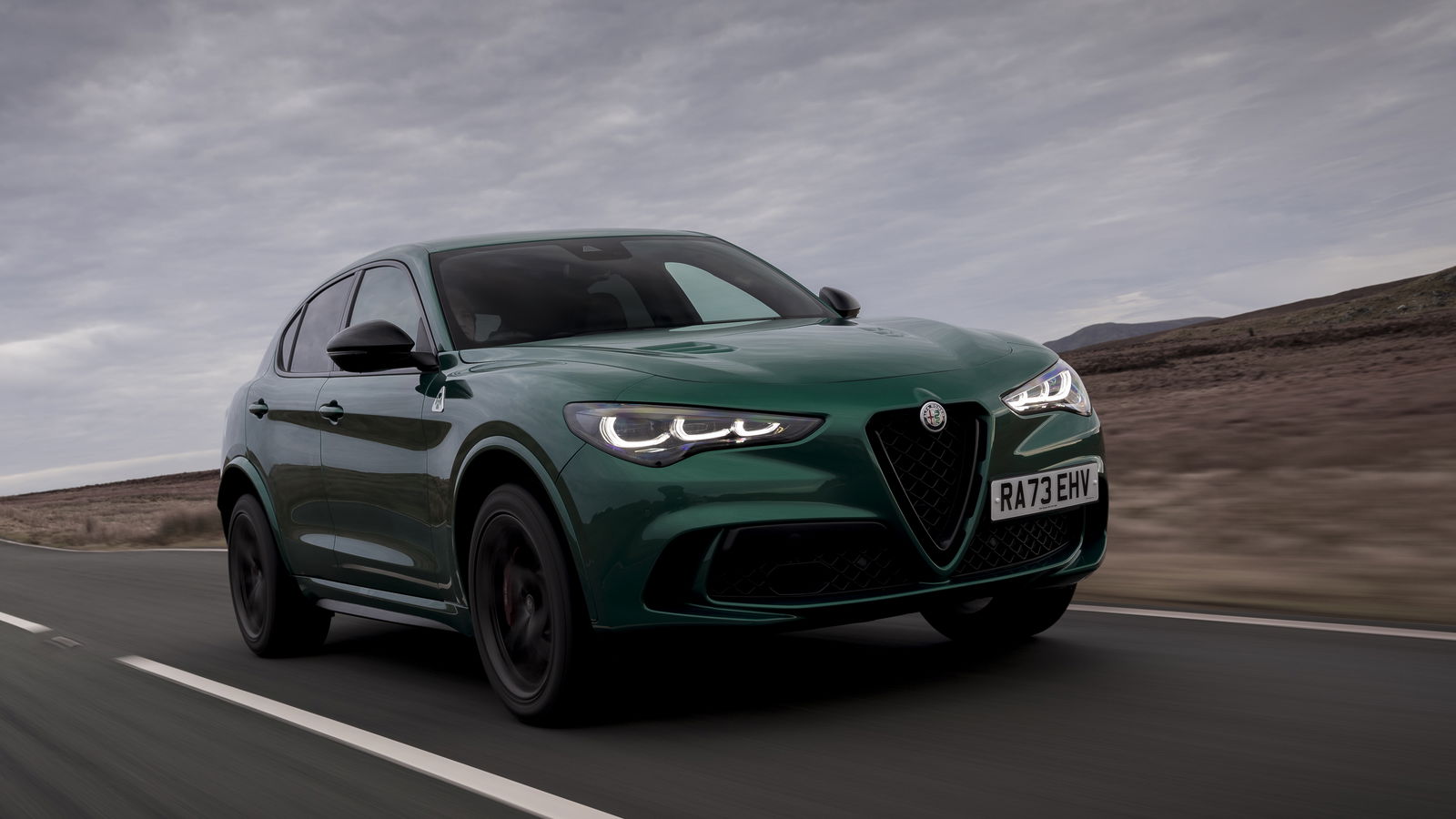
Pros
- Handling tidier than beforeEngine remains a masterpiece
Cons
- Rivals have plusher interiorsGiulia Q is the one you want, really
All too often, a facelift involves little more than chucking in a new set of headlights, some rejigged tail lights and an updated infotainment system. On the face of it, you might worry that Alfa Romeo has done precisely that with the Stelvio Quadrifoglio.
New headlights? Check! Tailliights? Check! A fresh infotainment system? Check! So far, so predictable, although we do dig the new three x three front light cluster design, which gives a nod to cars like the SZ while making the car look less cross-eyed than before.
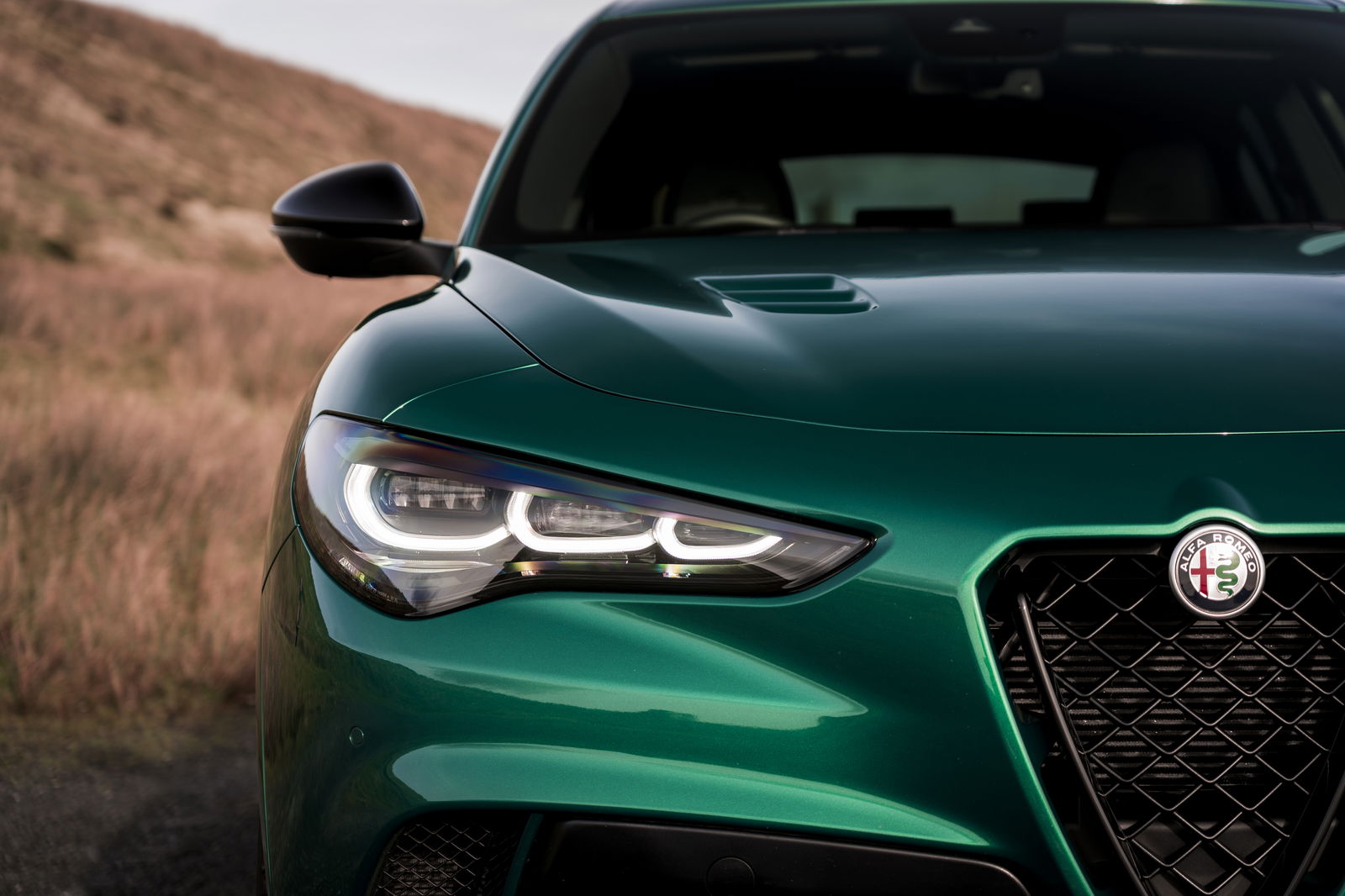
But here’s the thing - there are some extremely important tweaks you can’t see from the outside. For instance, as with the 2024 Alfa Romeo Giulia Quadrigolio we’ve also tested, the suspension geometry is new. There’s also more power from the twin-turbo, 2.9-litre V6, which now belts out 512bhp, up from 503. And crucially, the old electronically controlled rear differential has been binned and replaced with a conventional mechanical limited-slip diff.
As noted when we wrote about the new Giulia Q, that might seem like a backward step, but it actually isn’t. The ‘leccy diff has a reputation for being unpredictable on the limit, and it has been known to throw a wobbly and display a warning message on the dash of some cars. Alfa listened to customer feedback and duly switched it out.
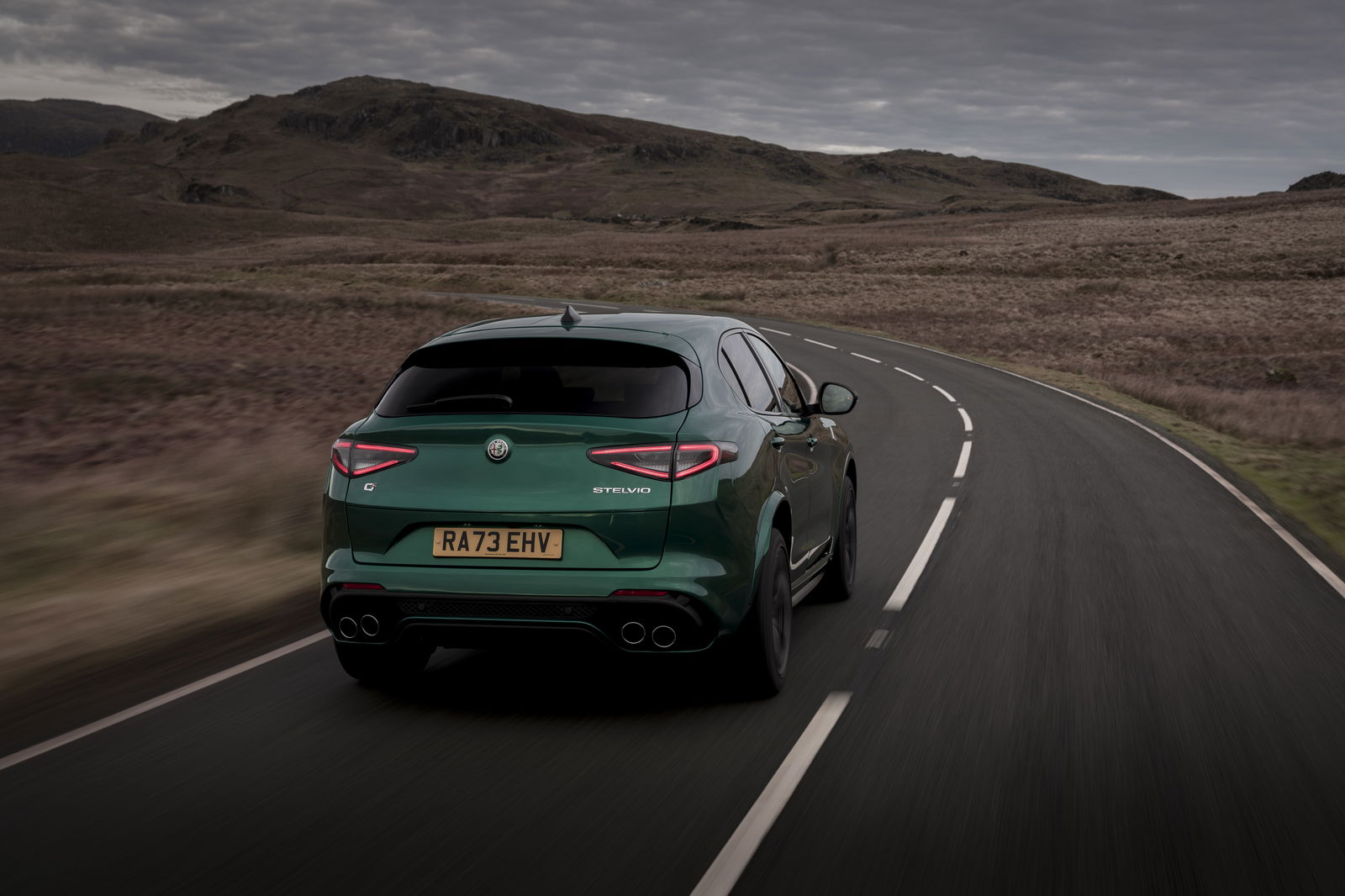
Being an all-wheel drive car, the difference this swap makes is not as immediately noticeable as it is in the rear-drive Giulia. But press on, and the change is clear. Once the rear does break away, something the Stelvio Q seems much keener to do than many other hot SUVs, its behaviour is more in line with what you expect.
It feels tidier and easier to manage, but still riotously entertaining. Alfa also hasn’t altered the steering ratio, which at 12.1:1 makes the Stelvio’s rack barely any slower than the Giulia’s, and faster than every other SUV out there. But don’t worry - the chassis can keep up. You can rapidly change direction and the stiffly sprung body will follow your commands with little fuss, albeit with a good chunk of squeal from the front tyres if you’re navigating a track.
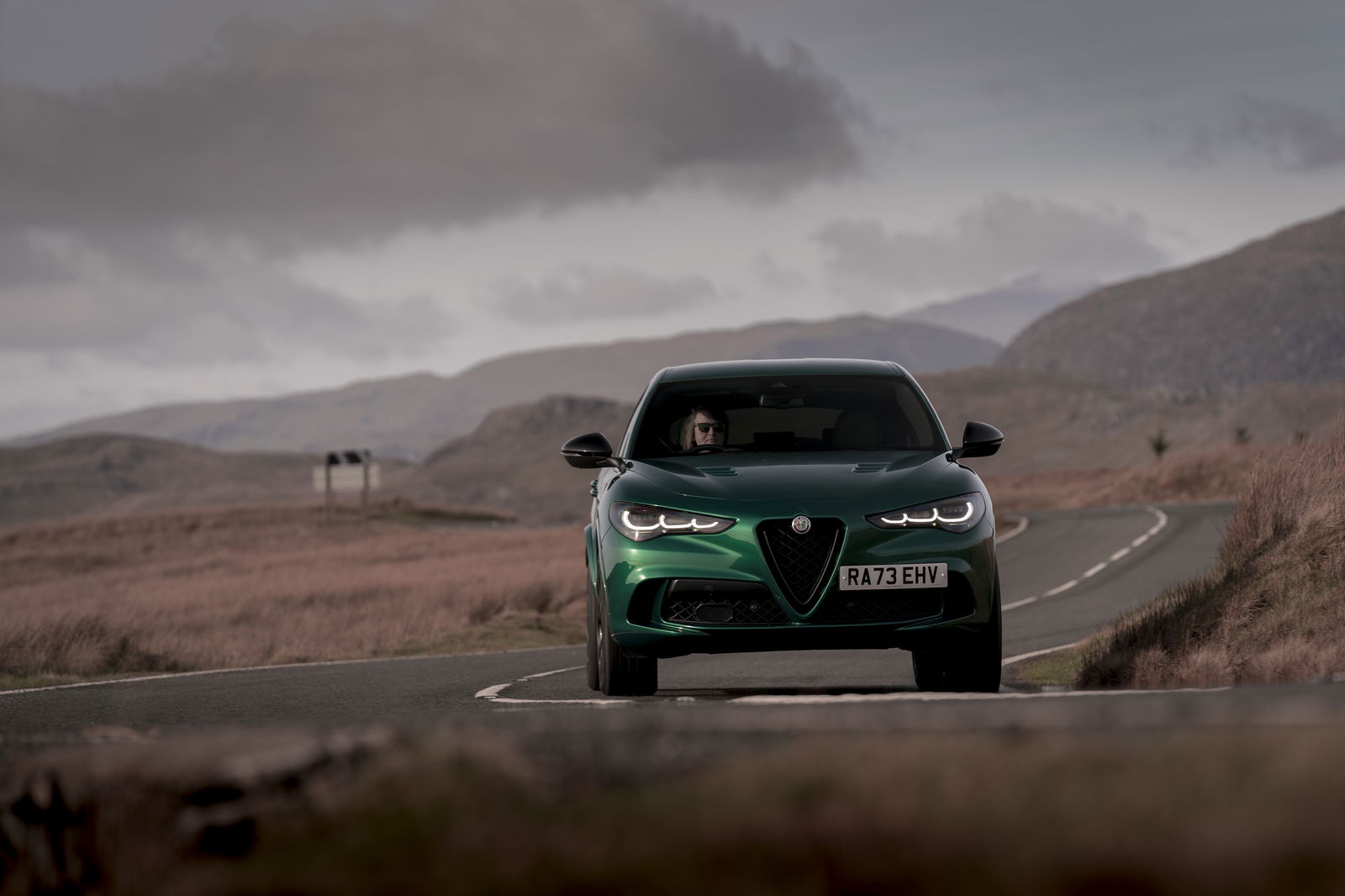
Away from the circuit, the rejigged suspension flows much more cooperatively with the lumps and bumps of a typical British B-road. There’s certainly more finesse to the setup, but it remains a stiff car. With the DNA drive mode selector set to Dynamic, you’re still best off pressing the little damping button in the middle to switch from Mid to Soft, which gives you a lot more compliance while losing you little composure. However set, the Stelvio barely rolls.
Dialling things up to Race, the suspension becomes way too stiff for the road, so you’ll be wanting to press that button again, which will set the car to Mid. I’d rather drop it further back still, but set thusly, the Stelvio just about gets away with the firmness.
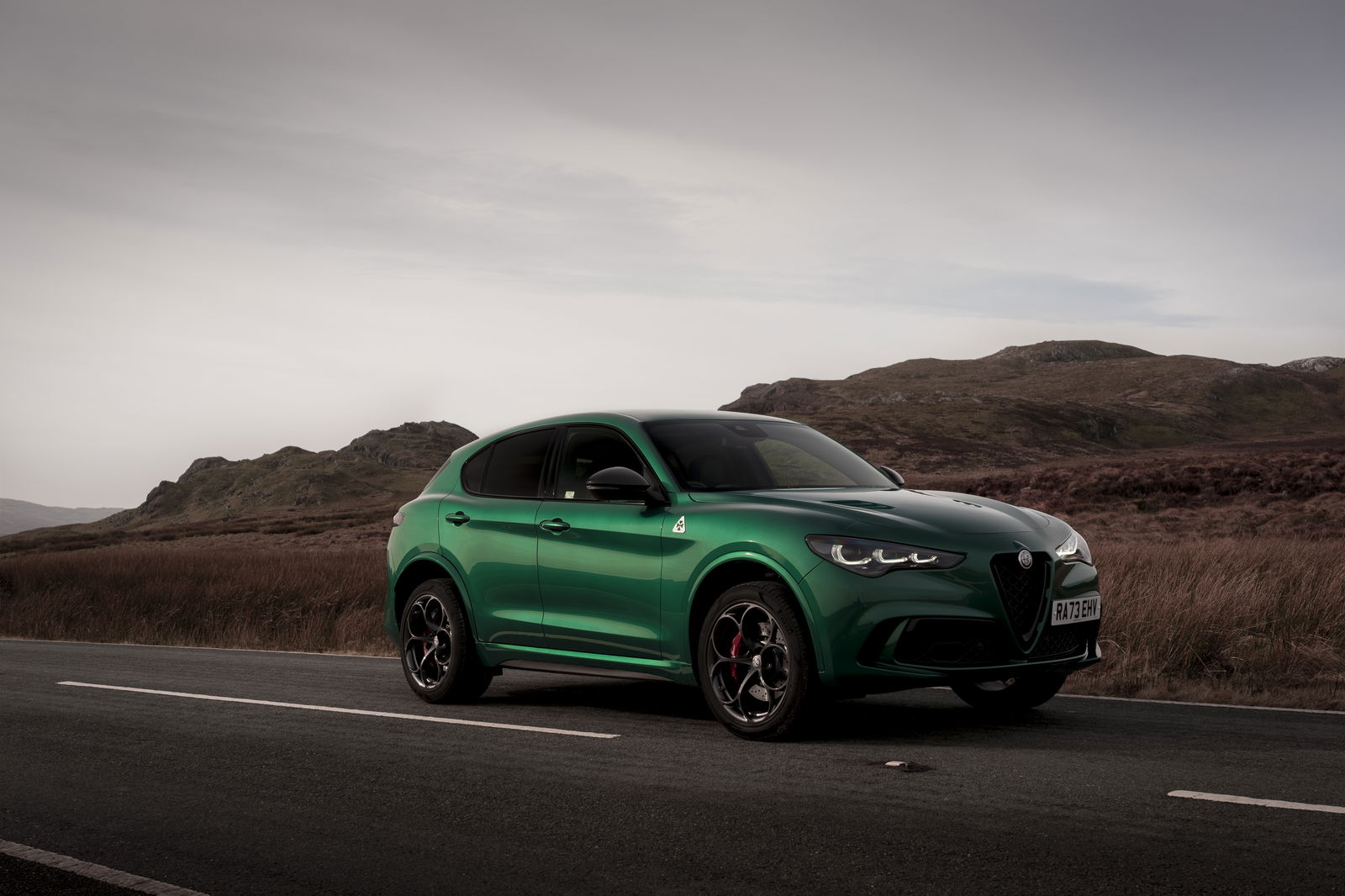
As with the Giulia, there’s no ‘halfway house’ ESP sport option - you either have to go for Dynamic with fairly intrusive stability control, or bin off ESP entirely by switching to Race. It’s less of an issue here, though, where you have the safety net of all-wheel drive, albeit a system which heavily favours the rear wheels.
The engine is still the star of the show. Although neither Alfa Romeo nor Ferrari ever admitted it, we can be fairly sure the V6 has some Fezza V8 origins, not just from its genetic makeup, but by the way it sounds. It’s a glorious, throaty roar with every application of full throttle.
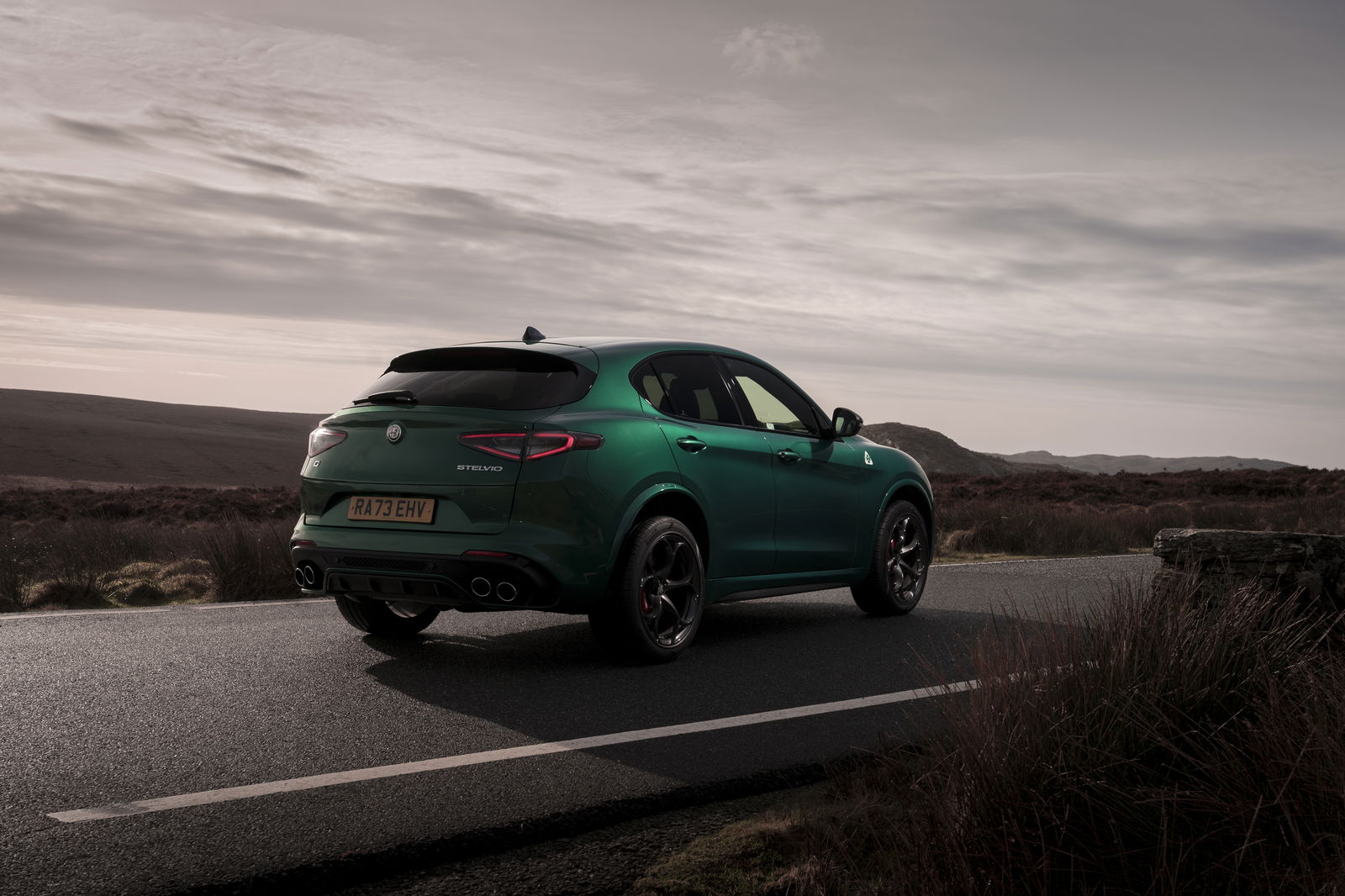
It is, of course, plenty powerful, with an extremely punchy mid-range meaning rapid increases in speed are only ever a little twist of the ankle away. No, you can’t detect the extra power, but it’s nice to know it’s there.
Changing gear manually is still done via a set of giant, column-mounted shifters that shame the paddles of quite a few supercars. They’re brilliant. As for the transmission they control, it’s an eight-speed conventional automatic as before, rather than a dual-clutch jobby, but there’s a nice amount of aggression to each of the upshifts, which are taken care of suitably briskly.
As for the other new bits, the infotainment setup is better than before, but still far from class-leading. The new digital instrument cluster, which gives a different look to go with each driving mode, is smart, but I still found myself missing the old analogue clocks. Even when the Stelvio was launched way back in 2017, they were a rare treat. It seems a shame to get rid of them.
.jpg?width=1600)
The interior as a whole, as well, just isn’t as premium-feeling as a lot of this car’s rivals. This is an £83,809 car, and in places, it doesn’t feel it.
The bigger problem for me with the Stelvio Q, though, is its saloon-car brother. I remember running the former as a long-term test car a few years ago, becoming utterly enamoured with it, only to switch to the Giulia Q and remember just how much sharper it is. It’s impressive what Alfa Romeo has done with a much heavier, taller package, but there’s only so that can be done with a chunkier car on stilts.
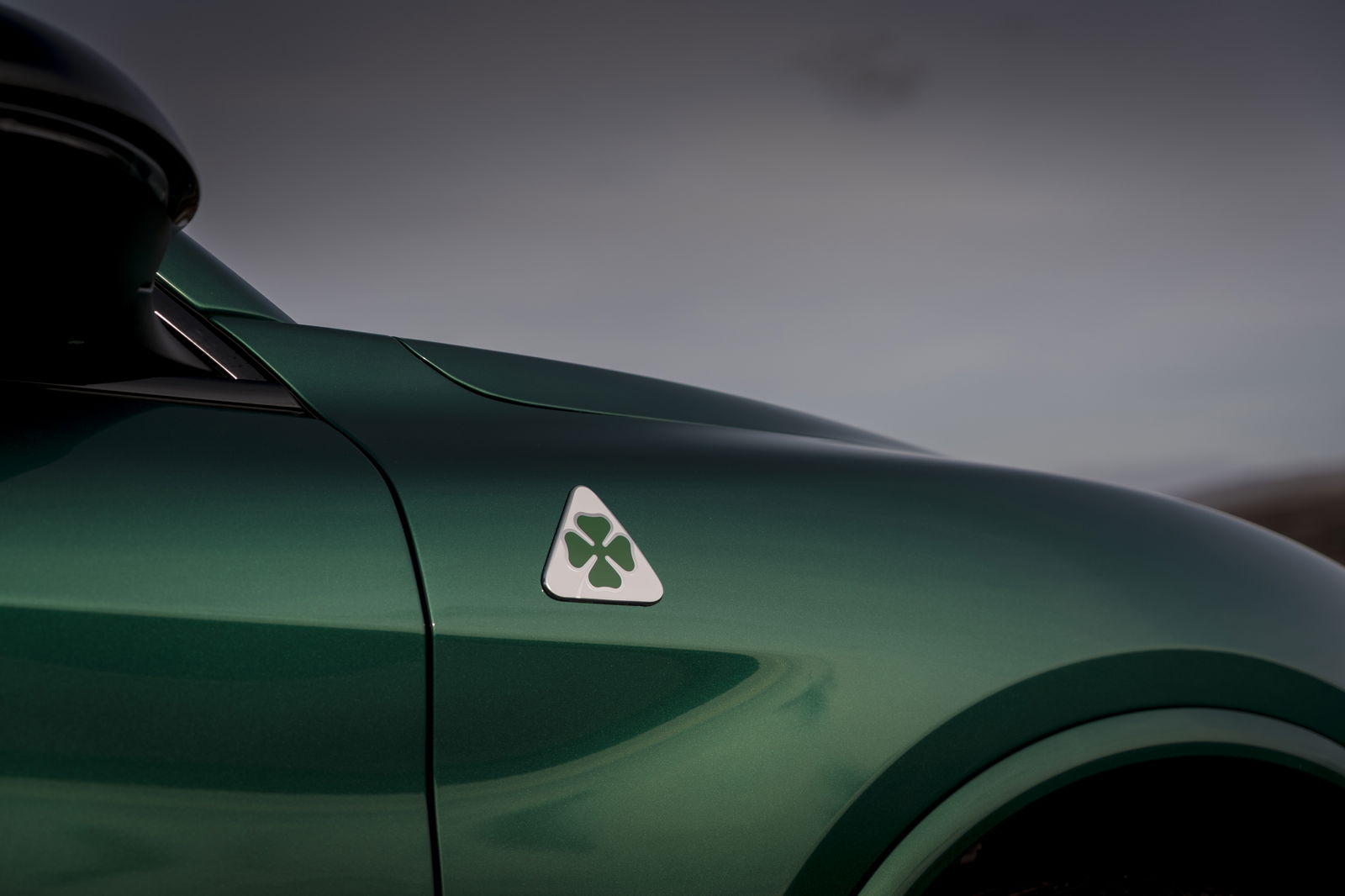
And so, switching from the Stelvio Quadrifoglio on the launch event in the morning to the Giulia Quadfigolio in the afternoon resulted in similar feelings. After the launch finished, it was the saloon, not the SUV occupying my desires.
We can’t imagine many are struggling to choose between the two - most will surely already be set on an SUV or saloon. If you are undecided, though, go for the saloon. But if it has to be a high-rider, you really can’t do better. Yes, a hotter Porsche Cayenne is a bit more polished and better built, but for pure driving thrills and driveway desirability, the Alfa is the best of the lot.
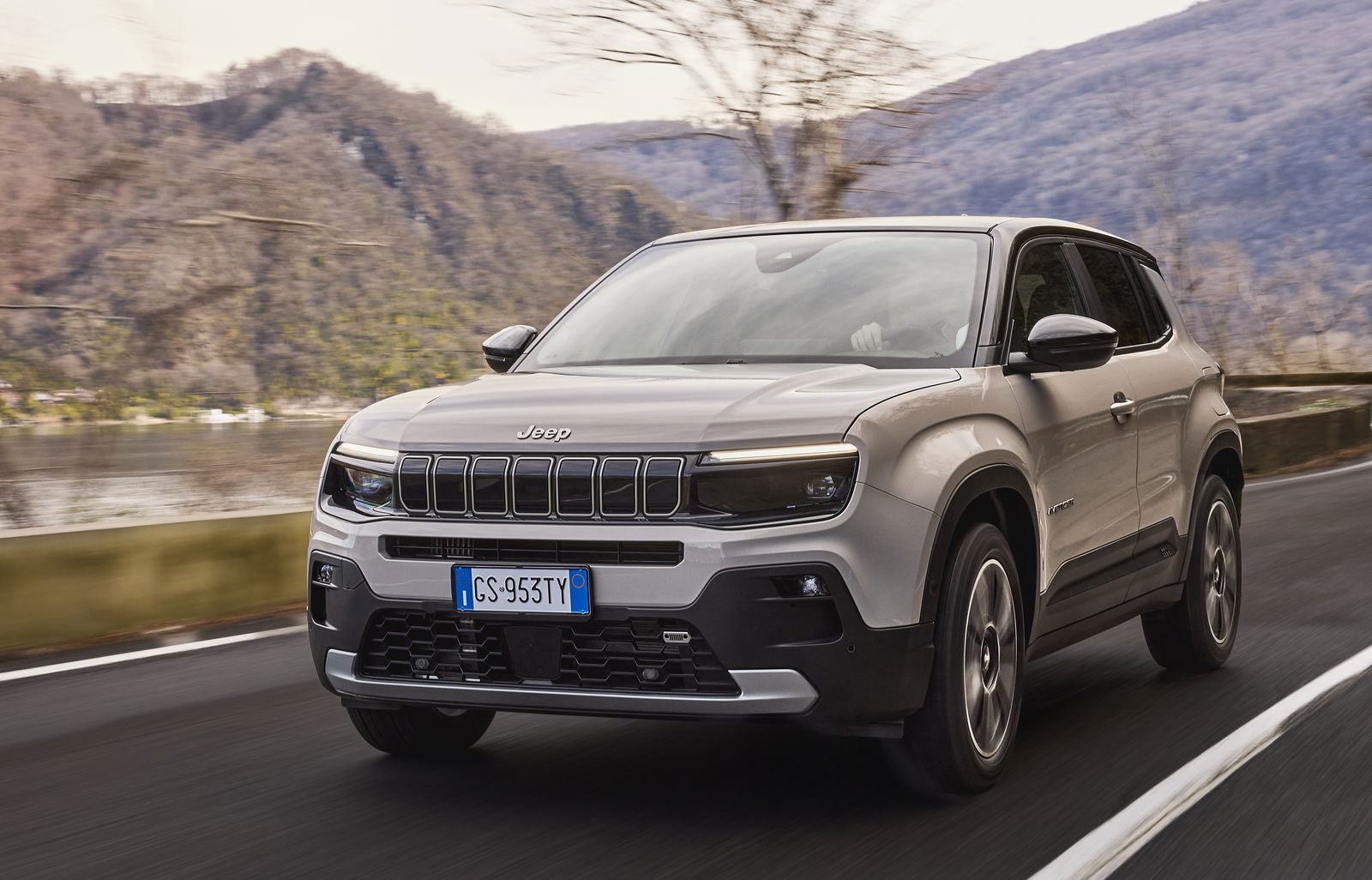
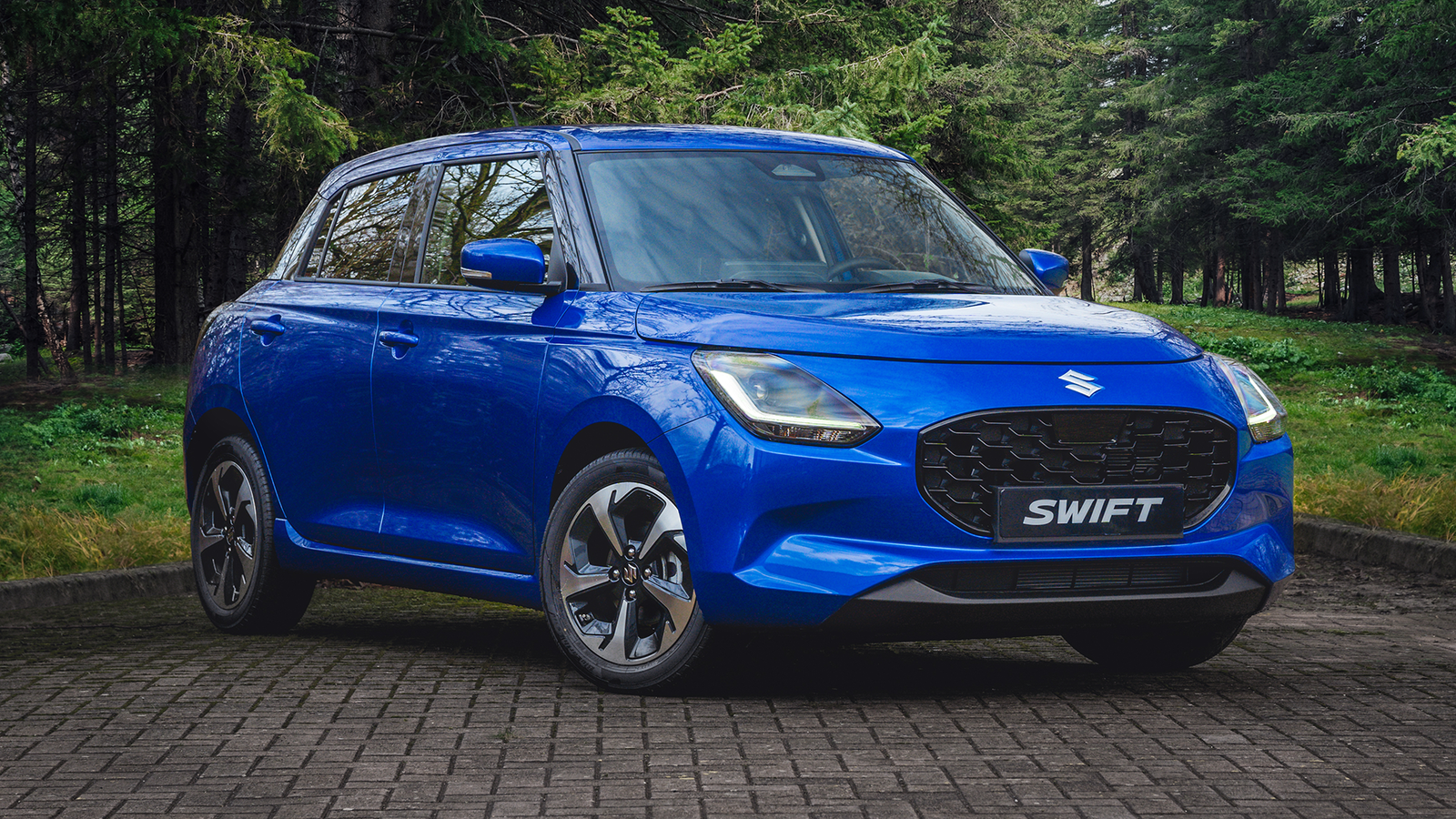

Comments